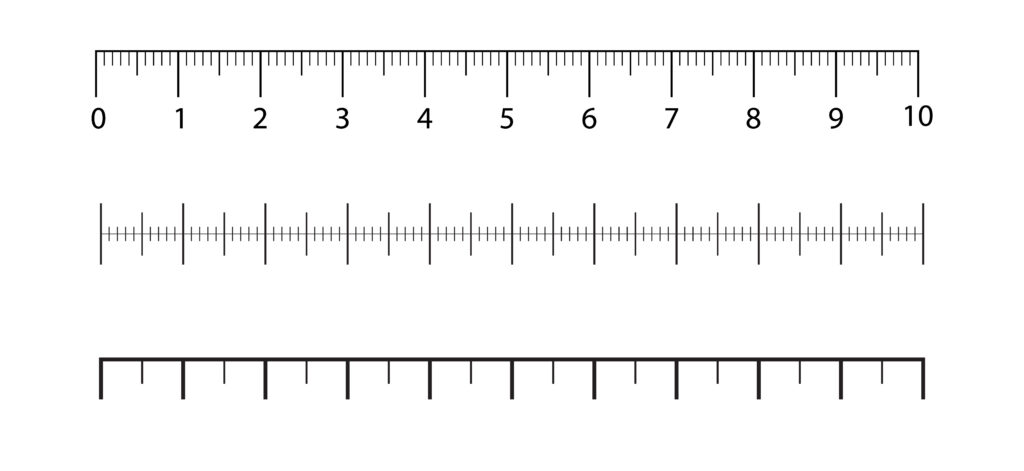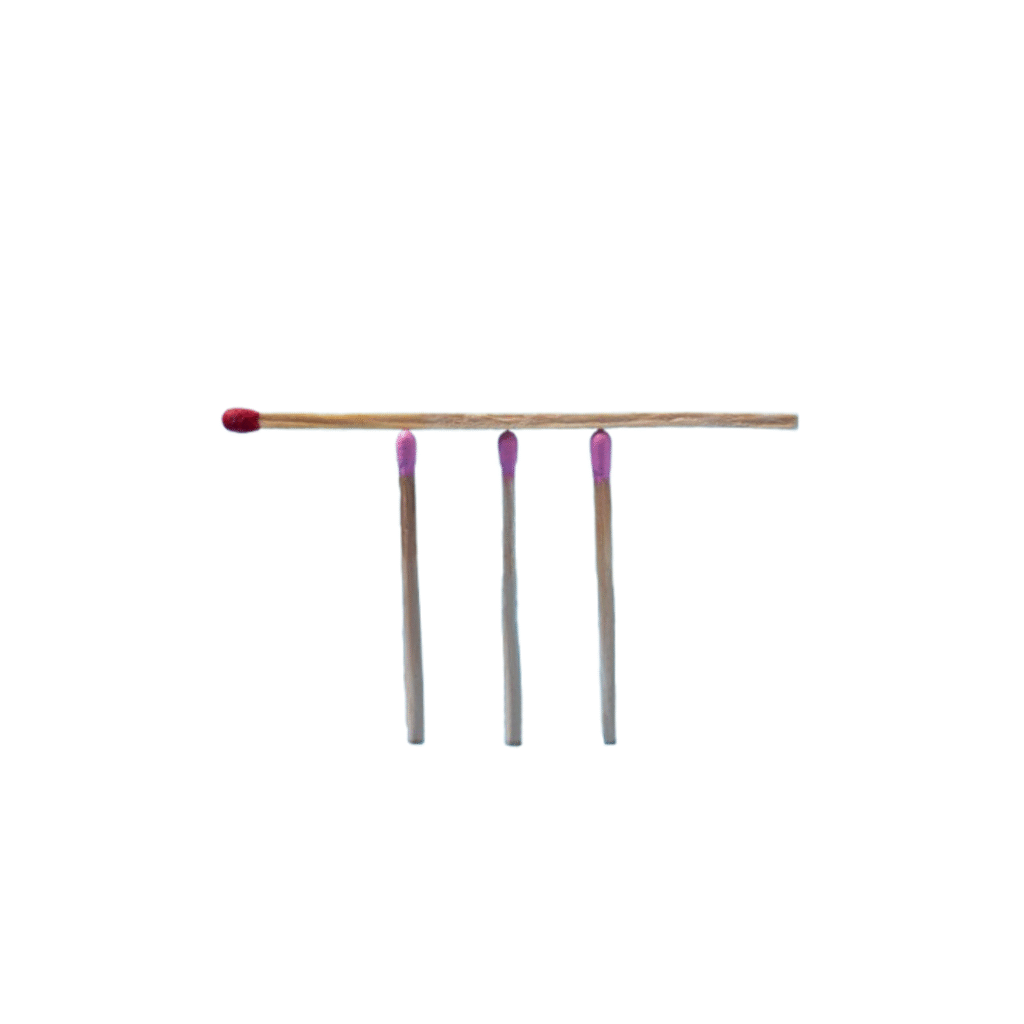Chords and Distances
Explore the relationship between the **length of a chord** and its **distance from the center** of a circle. Discover how chords equidistant from the center are equal in length.
Help & Instructions
▼- *Adjust Distance:* Change the distance of the chord from the center using the slider or input box.
- *Observe Changes:* Watch how the chord length changes as you move it closer to or farther from the center.
- *Compare Chords:* Create multiple chords at the same distance to verify they have equal lengths.
- *Explore Relationship:* Notice the mathematical relationship between chord length and distance from center.
- Understand that chords equidistant from the center are equal in length.
- Discover that the longest chord is the diameter (distance = 0).
- Learn the mathematical relationship: Chord Length = 2 × √(r² - d²).
- Recognize how chord length decreases as distance from center increases.
Explore how chord length changes with distance from the center. Circle radius = 5 units.
As distance increases, chord length decreases.
Chords at the same distance from the center have equal lengths.
Diameter
Distance = 0
Length = 10 units
Current Chord
Distance = 2
Length = 8.66
Point Chord
Distance = 5
Length = 0 units
A **chord** is a line segment whose endpoints lie on the circle. The **distance from the center** to a chord is the perpendicular distance. The relationship between chord length (c), distance from center (d), and radius (r) is given by the formula: c = 2 × √(r² - d²). This shows that as the distance from the center increases, the chord length decreases. When d = 0, the chord is a diameter (longest chord). When d = r, the chord length is 0 (a single point).
Chord Properties and Theorems
Several important theorems relate to chords in circles:
- Equal Chords Theorem: Chords equidistant from the center are equal in length.
- Perpendicular Bisector Theorem: The perpendicular from the center to a chord bisects the chord.
- Chord Length Formula: As derived from the Pythagorean theorem: (c/2)² + d² = r².
Understanding chord properties is crucial for:
- *Engineering:* Designing arches, bridges, and circular structures.
- *Architecture:* Creating domes, circular windows, and curved elements.
- *Music:* Understanding harmonic relationships in circular instrument design.
- *Navigation:* Using circular coordinates and great circle routes.


